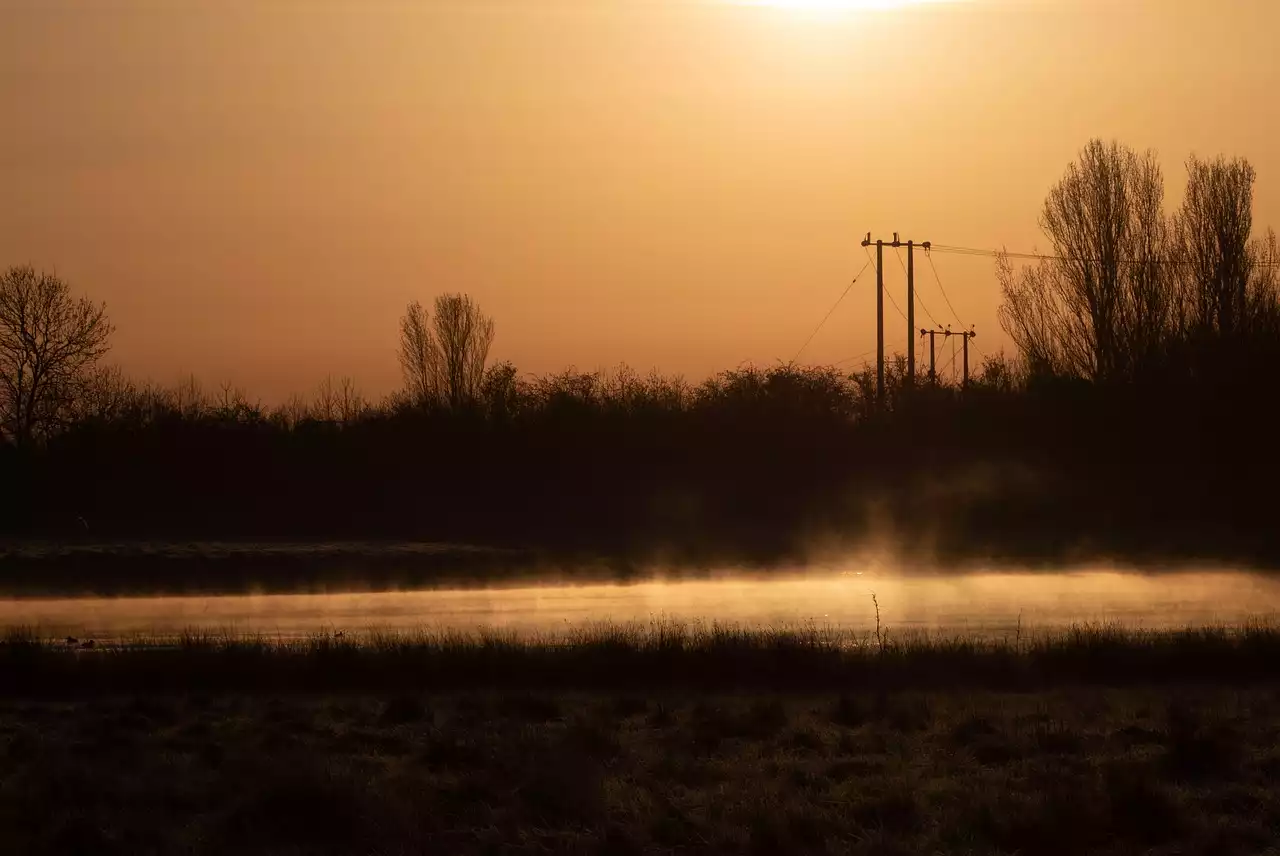Paleontology is the study of fossils and prehistoric life. These two words may seem intimidating, but most people are interested in dinosaurs, and almost everybody has general knowledge about them. Things get more interesting when you break down the meaning of these words. What does ‘paleo’ mean? How does ‘-ontology’ help us understand this branch of science? If we look further into these words, what do they reveal about the past and how can they help us discover more about our history? We already know that paleo means old, while ontology refers to the study of being or existence. Both combined give us an idea of old beings or organisms that once existed on earth. We have all heard of dinosaurs, those big beasts with sharp teeth or claws that roamed the planet many years ago. They became extinct because cataclysmic events such as floods or volcanoes made it impossible for them to survive and thrive on this planet anymore.
How Do We Know About the Past?
Exploring our past and understanding the ancient civilizations that once thrived on this planet is fascinating. However, it is challenging because we have no way of communicating with them directly. They have left behind limited evidence of their existence; all we have are their fossilized remains, which are found in the crust of the earth. We can try to reconstruct their image and understand how they lived, by studying the fossils they have left behind. Fossils are the preserved traces of plants and animals that lived on earth long ago. These traces are often in the form of fossils like shells and skeletons embedded in rocks. The process of fossilization is complex and it happens when the remains are buried in layers of sediment for a long time. These sediments help protect the remains and prevent them from decaying. The remains can be destroyed if the surroundings are too acidic or alkaline.
The Importance of Studying Prehistoric Life
Prehistoric life is a part of our history that has not been explored in detail. The fossils found are believed to be remnants of our distant past. The study of prehistoric life helps us understand the evolution of organisms on earth and how they thrived in their natural environment. The study of prehistoric life can help us understand the past and prevent us from making the same mistakes again. Humans are the only species on earth that have modified their environment and caused the extinction of other species. The study of prehistoric life can help us understand our mistakes and prevent us from harming the environment. A significant amount of fossils have been found in various parts of India. The fossils found here are from different species that existed millions of years ago. A detailed study of these fossils can help us understand the evolution of species on earth and help us gain a deeper insight into our past.
What is Paleontology?
Paleontology is the study of prehistoric life and its fossils using diverse scientific techniques. It is a branch of biology that tries to reconstruct the image of organisms that used to exist on earth millions of years ago. It helps us understand how these organisms lived and thrived in their natural environment. Paleontologists study the fossils found on earth to understand more about the organisms that once thrived here. They collect the fossils and identify them based on visible characteristics like shape and size. There are various techniques used by paleontologists to study and understand fossils. They can be broadly categorized into fieldwork, laboratory work, and computer modeling of fossils. The fieldwork includes exploring the areas where fossils are found and excavating them. The fossils are then brought to the laboratory where they are identified and studied through diverse methods. Computer modeling can help us create a 3D image of fossils based on the information we already have.
Discovering and Preserving Fossils
The process of fossilization is complex, and it is challenging for scientists to find and excavate fossils. Fossils are found in sedimentary rocks where the fossils are preserved. This can be in the form of a shell, leaves, or even a skeleton of an animal. Many factors are responsible for preserving fossils. The organic matter of the organism, the environment where it is buried, and the duration for which it is buried are some of them. The organism must have a high enough content of carbon to be preserved in the rocks. The environment must not cause the decay of the organism. The organisms that are buried in a stream of water get decayed while the ones buried on dry land can get preserved. The duration of the burial also plays an important role in preserving the fossils. If the organism is buried for a shorter period, it gets decayed and decayed organisms cannot be fossilized.
Conclusion
Paleontology is the study of prehistoric life and its fossils. The fossils found are remnants of our distant past and help us understand the evolution of organisms on earth. Fossils are preserved traces of plants and animals that lived on earth long ago. Scientists study the fossils found on earth to understand more about organisms that once thrived here. The process of fossilization is complex, and it is challenging for scientists to find and excavate fossils. These two words may seem intimidating, but most people are interested in dinosaurs, and almost everybody has general knowledge about them. Things get more interesting when you break down the meaning of these words. What does ‘paleo’ mean? How does ‘-ontology’ help us understand this branch of science? If we look further into these words, what do they reveal about the past and how can they help us discover more about our history?


 Social Media Apps For Mobile Phones
Social Media Apps For Mobile Phones
 How AI is Changing the Landscape of Business Analytics
How AI is Changing the Landscape of Business Analytics
 The Coal Industry Today and Tomorrow
The Coal Industry Today and Tomorrow What is the Study of Enzymology?
What is the Study of Enzymology? The Study of Anthropology in Science
The Study of Anthropology in Science Oceanography is an Important Branch of Science
Oceanography is an Important Branch of Science A Brief History of Agrophysics
A Brief History of Agrophysics